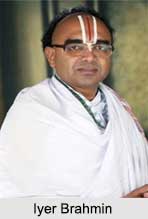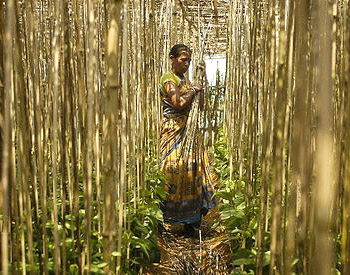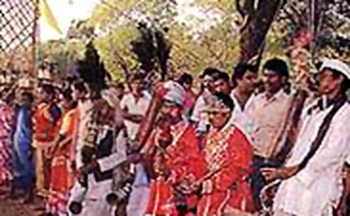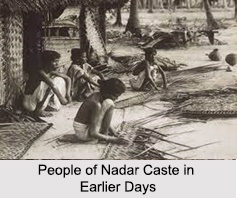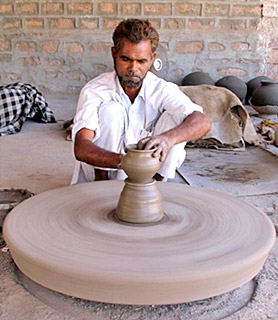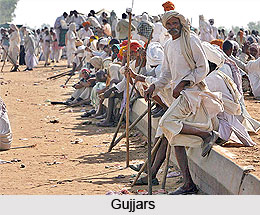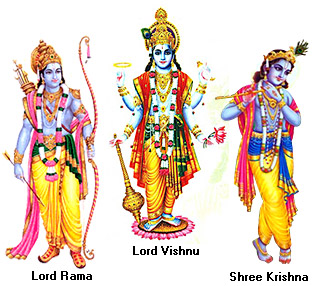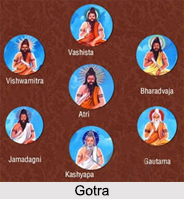The birth and growth of the Tablighi movement was occasioned by the abolition of the Caliphate by Kemal Ataturk in the year 1924, and the consequent eclipse of the Khilafat movement. It was founded in the late 1920s by Maulana Mohammad Ilyas of Delhi to instil a sense of piety among Muslims, rather than to proselytize among non-Muslims.
Tablighi Jamaat in Tamil Nadu aimed at an Islamic revival without directly getting involved in politics. It gained a following among the Muslims in Tamil Nadu after Independence of India and fostered pan-Islam among them.
The term tabligh means basically propagation or reaching out to people on matters of faith. The Tablighi movement worked under the premise that the preaching of Islam could not just be left to the ordinary Muslim in the propagation of his faith. It was egalitarian in spirit and made a conscious departure from the quasi-caste, class, and racial hierarchies in Indian Islam. The emphasis of the movement was on the ritual aspects of Islam. This was because its founder, Ilyas, feared that Indian Muslims were becoming increasingly ignorant about the essentials of Islam, especially with regard to its fundamental belief and injunction about the oneness of God and the prophethood of Muhammad.
The Tablighi Jamaat was fundamentalist in orientation, with a strong aversion to the rational sciences. It functioned by building a network of preaching teams. Each of these teams visited the houses of Muslims in a locality and invited the residents for prayers at the nearby mosque. Once local Muslims were mobilized for prayer at the mosque, the Tablighi preaching team delivered sermons to them about the fundamentals of their faith.
Initially, the Tablighi movement expanded in and around Delhi and Mewat region. It then spread to the United Provinces, Punjab, Karachi, and Bhopal during the lifetime of Liyas, who died in the year 1944. As Agwani documents, within four decades of the death of Ilyas, the Tablighi Jamaat had extended its activities to other parts of India besides dispatching missions to several Asian and African countries, the UK and the USA. The Tablighi movement extended to south India mainly in the years following Independence.
The earliest signs of Tablighi activity in Tamil Nadu appeared in the Madras Government records of the early 1950s. In February 1952, the Tablighi party formed in Dindigul was active in imparting religious instructions to Muslims in Madurai and Tirunelveli districts. From the 1950s onwards, Tabligh parties from north India toured Tamil Nadu. These parties conducted religious discourses, exhorted Muslims to follow the holy Quran, and popularized their slogan, `Prayer five times a day`. The Madras Government noticed that such activities of the Tablighi Jamaat were receiving a favourable response from Muslims. Shortly after gaining a foothold in Tamil Nadu, the Tablighi movement spread all over the region and became popular among Muslims of Madurai, Coimbatore, Nilgiris, Thanjavur, and south Arcot districts.
The number of Muslims attending mosques had increased as a result of the activities of the Tablighi movement. The Tabligh isthemas (conferences) brought together Muslims in large numbers. About three hundred Muslims from Salem and Coimbatore, in the month of April 1952, attended a conference organized by the Tamil Nadu Committee of the Tablighi party at Begumpur which is close to Dindigul. This was followed by a bigger conference in the month of June of the same year at Palapatti, Tiruchirapalli district, at which 1,500 Muslims from all over Tamil Nadu came together. Again, in the month of December 1952, another Tablighi conference was attended by 700 Muslims from all over Thanjavur district, who congregated at Mannargudi, an important Muslim centre of the district. Among the conferences in this period, the biggest was at Dindigul in the month of October 1953, attended by around 2,000Tablighi workers. Among Tamil Muslims, Tablighi activity was initiated and concentrated in Dindigul.
The flow of Tablighi activists worked both ways: while ulama from Delhi, Mewat, and other parts of north India led the Tablighi parties in the Tamil districts, groups of Tamil Muslims underwent training in Delhi to conduct activities. Even though the movement professed to keep away from politics, its activists could not refrain from responding to the political milieu of the 1950s.
The activities of the Tablighi movement in raising levels of Islamic consciousness did fulfil the mission that Ilyas had envisioned. In a regional context, the Tablighi Jamaat prepared Tamil soil for a pan-Islamic consciousness to take root among Tamil Muslims. This meant that Muslims increasingly began to perceive themselves as something that they were not-a larger monolithic `community`. They saw social and political realities more in all-India terms and less through the prisms of their regions and localities. In Tamil Nadu, they began to see themselves less as Tamils and more as Muslims, and their non-Muslim Tamil neighbours increasingly as Hindus.
The Tablighi movement in Tamil Nadu brought Tamil and Dakhni Muslims together on the Tablighi platform as Muslims; the isthemas (Tablighi conferences) were conducted in both Tamil and Urdu. Due to Tablighi propaganda, Urdu acquired a popularity among Tamil Muslims in the 1950s, 1960s, and beyond, as the language of Indian Islam. The Tablighi movement gave a privileged position to Urdu texts even while using Tamil for promoting the movement in the region. Tamil followers of Islam began increasingly to look to north India for leadership in pan-Indian Islam. For the Tablighi movement, Islam was nationalism in its own right, a global endeavour that could never remain a local or regional matter. The Jamaat-e-Islaami was another such pan-Islamic organization.










